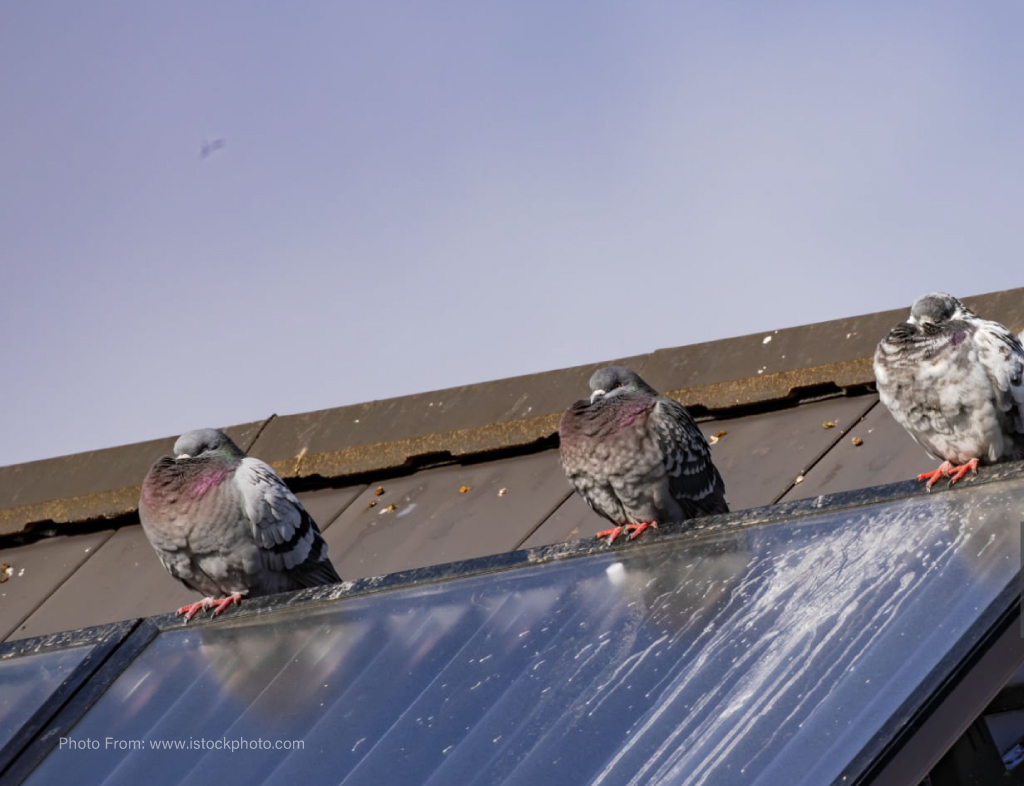IDENTICAL PANELS & UN-IDENTICAL POWER OUTPUTS: WHY IS THIS?
9th Oct 2024
If you've invested in solar panels, you might expect that identical panels will always produce the same amount of power. However, this isn't always the case. It's not uncommon for identical solar panels to generate different amounts of electricity, leaving many people puzzled. This blog explores why this happens and what you can do about it.

1. Variation in Manufacturing
Even though solar panels are manufactured to strict standards, slight variations during production can affect their performance. Differences in the quality of materials, such as silicon cells, and minute discrepancies in assembly can lead to variations in power output. These variations are generally minor, but they can become more noticeable over time or in specific conditions.
2. Impact of Shading
Shading is one of the most significant factors affecting solar panel performance. Even a small amount of shade on a single panel can drastically reduce its power output. This is because solar panels are often wired in series, meaning the performance of one panel affects the others in the string. If one panel is shaded, it can reduce the power output of the entire array. Trees, buildings, or even a bird perched on a panel can cause shading, leading to lower power generation in the affected panels.
3. Dirt and Debris Accumulation
Dirt, dust, bird droppings, and other debris can accumulate on the surface of solar panels, blocking sunlight and reducing their efficiency. If one panel is dirtier than others, it will produce less power. Regular cleaning and maintenance can help ensure that all your panels are performing optimally, but it's common to see differences in output due to varying levels of cleanliness.
4. Temperature Differences
Solar panels are sensitive to temperature changes. When they get too hot, their efficiency drops. Panels in different parts of your array might experience slightly different temperatures, especially if one section gets more wind or less direct sunlight. This can lead to variations in power output, even if all the panels are technically identical.
5. Electrical Losses
The wiring and connections in your solar system can also cause variations in power output. If there are differences in the length of wires, the quality of connections, or the resistance in different parts of the system, some panels might deliver less power to the inverter than others.

While it can be concerning to see identical panels producing different amounts of power, it’s usually due to a combination of the factors mentioned above. Regular maintenance, careful system design, and the use of optimizers or microinverters can help mitigate these differences, ensuring that your solar panels operate as efficiently as possible. Understanding these factors allows you to make informed decisions about maintaining and optimizing your solar investment.
